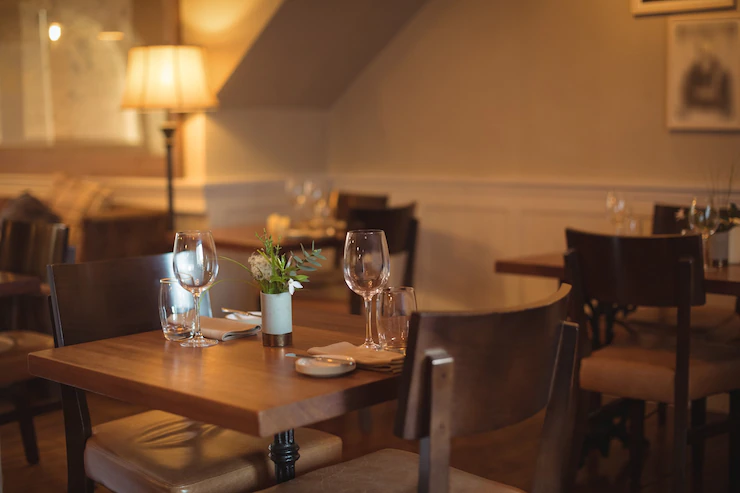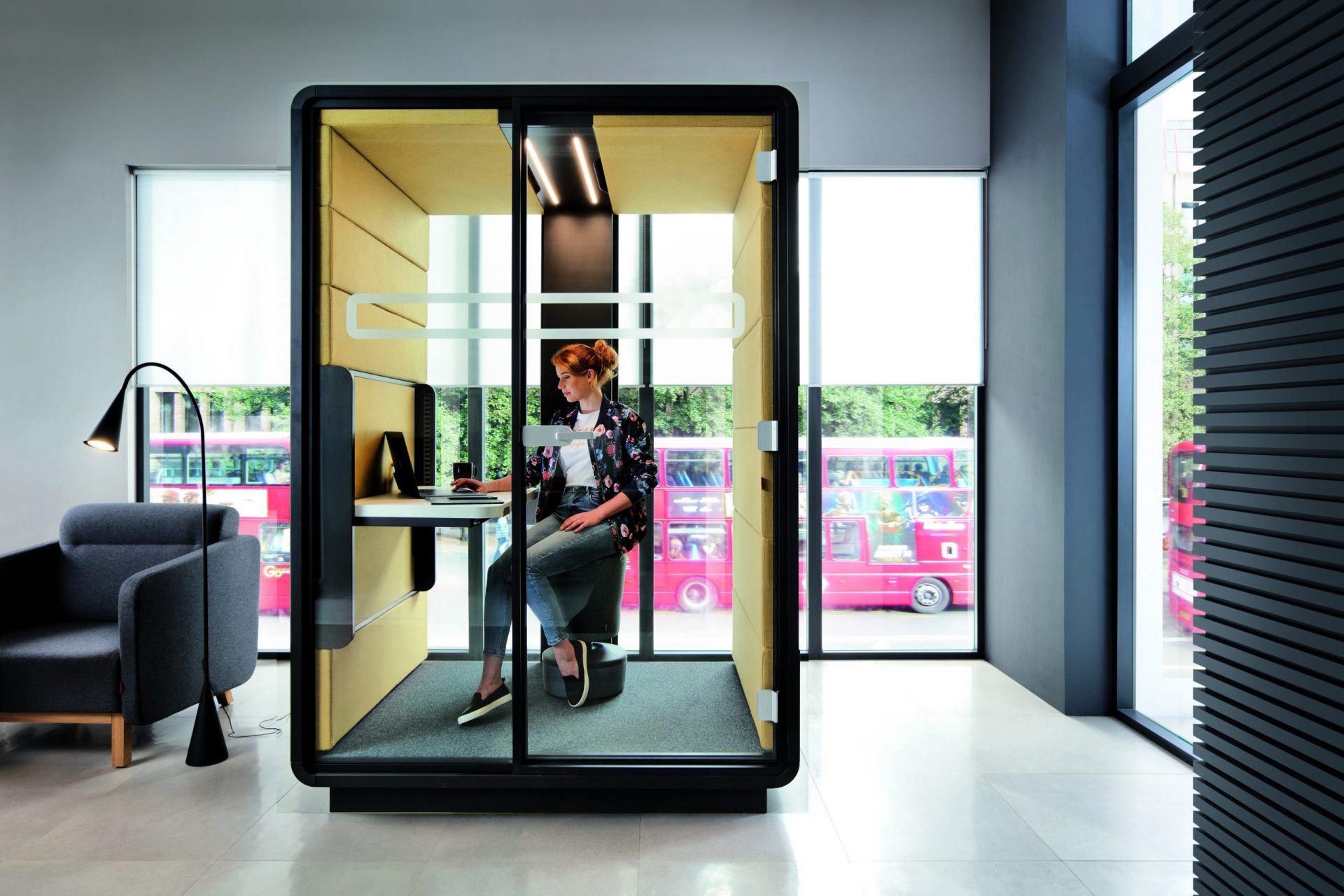Restaurant Chairs: Tips And Ideas For 4 Types Of Restaurants
4 Mins Read
Published on: 29 April 2022
Last Updated on: 23 July 2022

An out-of-place design choice, like foie gras at a burger drive-through, can be perplexing to restaurant patrons. Varied restaurant concepts evoke different expectations, and restaurant design and aesthetics are critical components in building a brand.
Apart from the aesthetics, cleanliness and hygiene are also areas where restaurant businesses need to pay close attention. If the restaurant is not properly sanitized or adhering to cleanliness codes as has been laid down by the authorities, it can lose its food and operating licenses. This is why, it is essential businesses in the food industry invest in floor buffers to help their premises stay spotless and clean.
Our restaurant furniture designers have their fingers on the pulse of current trends, and we have the knowledge to provide about what restaurant chairs to look for in four categories of restaurants: fast-casual, casual dining, cafes and food courts, and cafeterias.
1. Fast & Casual
On the spectrum between fast food and casual dining, quick casual restaurants have risen to prominence in the last decade as health-conscious consumers sought a dining experience that combined the convenience of fast food with the transparency of home cooking.
Fast-casual restaurants typically do not provide table service, instead opting for a fast food-style experience in which customers purchase at a counter and then pick a seat in the dining room.
But, unlike fast-food restaurants, which are scrambling to rebrand themselves as cool eateries, fast-casual restaurants were designed with trendiness in mind.
Fast casuals frequently construct their businesses on designs and themes that resonate with a young audience, as their primary target market consists of Millennials (ages 20-35).
Consider the popular Mexican-inspired chain Chipotle, whose interiors are almost encyclopedia entries for industrial chic, or the community-focused salad restaurant Sweetgreen, whose clean, modern design invites visitors to focus on the experience.
It is critical to creating a consistent image when selecting restaurant seats for a quick casual concept. The furniture of a restaurant is as much a part of its brand as the name, logo, and even the food, so make sure that each aspect complements the others.
Stick to clean and current designs, and prioritize durability and ease of maintenance: fast casuals have short visits and strong traffic, and without table service, personnel may not detect spills as soon.
2. Casual Dining

Casual dining restaurants, particularly family dining, originated in the late 1960s in response to an increase in the number of dual-income families seeking the pleasure of sitting down to a nice meal together without the time investment required to cook at home.
While some argue that recent trends indicate that people are spending less time and money on informal dining, these venues provide a whole package: superb food at reasonable prices, table service, and a pleasant ambiance.
Because a full package is what casual dining guests have come to expect, getting the restaurant furniture exactly right is crucial.
Casual restaurants frequently make their highest profit margins on alcoholic beverages and desserts, so patrons must be enticed to stay in their seats.
Upholstered chairs for a restaurant add comfort and flair, especially if they are made of a durable fabric that matches the colors and patterns used in the restaurant’s logo.
Another key consideration is the variety of seating demands that a casual dining restaurant should accommodate: selecting furniture and designing a floor plan that allows for easy wheelchair access, high chairs, and booster seats encourage families to visit and return.
3. Cafe
Cafes and coffeehouses are frequently used interchangeably in the common imagination, and with good cause. In addition to hot drinks, American cafes typically feature light meals such as pastries and sandwiches, whereas coffeehouses specialize in coffee and espresso. In actuality, the distinction is due to branding and perception.
Customers expect the same experience whether a shop is called a cafe or a coffeehouse: order at a counter, pick up their (often personalized) drink or food, and choose between rushing out the door or sitting down for a few hours of relaxation or work.
From Starbucks to the local small-batch roastery, the dominant picture of cafes and coffeehouses is a pleasant, peaceful, and personal setting.
Customers can choose the experience that makes them feel most welcome by providing a range of seating alternatives, such as a bar lined with stools, a few bistro tables, and couches or lounge chairs.
And, of course, for students, business people, and other overworked, under-caffeinated persons, providing plenty of electrical outlets and wifi connectivity adds a tremendous amount of value to each visit.
4. Cafeteria

The primary purpose of creating a dining space for a food court or cafeteria is to produce a design that is cohesive, appealing, and simple to maintain.
Cafeterias are gathering spaces where people can take a break and enjoy a meal for businesses and schools, thus putting branding into the furnishings can help generate favorable connections.
Because of the high volume and brief visits, chairs and tables are continually shifted around in any space. For larger capacity, varying seating options and chair height might assist make the most of the dining area.
Understanding customer expectations for restaurant ideas allows you to create a furniture design for your restaurant that adds to, rather than detracts from, your brand.
In addition to quality and aesthetic considerations, including concept-specific factors in your search for restaurant chairs may ensure that your investment returns for itself by adding to a positive customer experience.
Read Also:


















Comments Are Closed For This Article